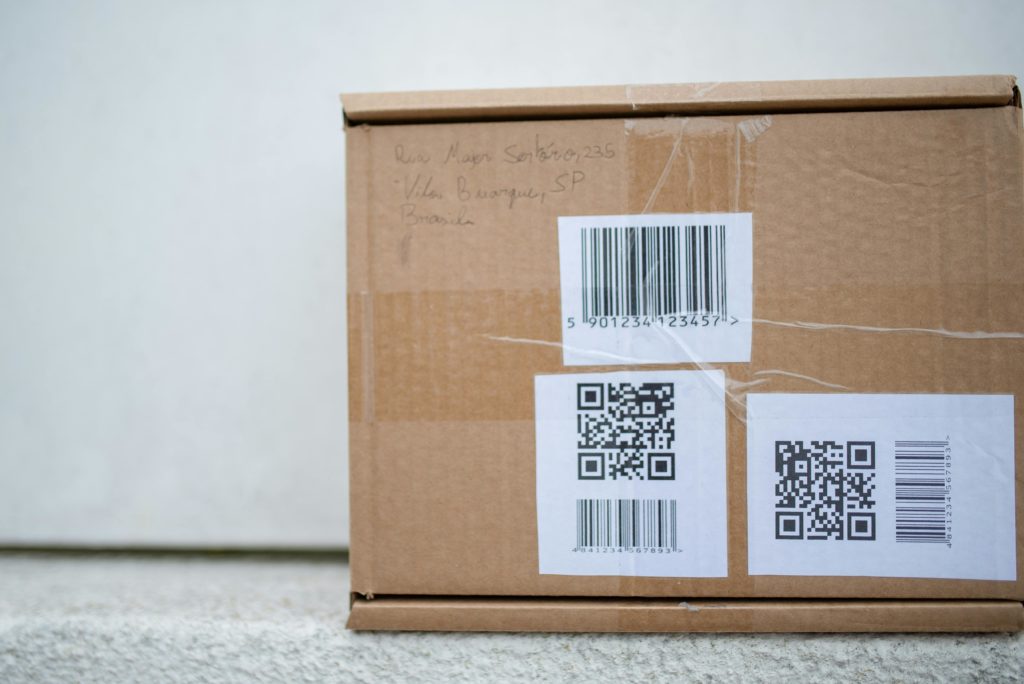Barcodes
QR Codes vs. Barcodes: Understanding Their Applications and Benefits
Barcodes vs. QR Codes: What to Use and When
In a fast, connected economy, the lines of barcodes and the squares of QR codes do quiet, essential work. They carry key data, link the physical and digital worlds, and change how we shop and share. You hear a beep at checkout or scan a menu with your phone—both moments rely on these codes. Yet the choice between a barcode and a QR code is not simple. Each one fits different needs and settings. In this guide, we explain the basics, compare options, and help you pick the right tool.
Understanding Barcodes vs. QR Codes
When to Use Barcodes vs. QR Codes
Use a barcode when:
-
You need simple identification and fast scans.
-
You run checkout lines or high-throughput stations.
-
You want broad scanner support at the lowest cost.
Use a QR code when:
-
You must store more data, such as URLs or contact info.
-
You want to drive a customer to details, offers, or forms.
-
You need error correction and flexible design on tight space.
Real-World Applications
-
Retail Inventory Management
Large retailers scan barcodes to track movement, manage stock, and trigger reorders. This reduces stockouts and overstock. As a result, checkout times drop and accuracy improves.
Airline Boarding Passes
Airlines send mobile boarding passes with QR codes. Passengers scan them at security and gates. This lowers paper use and speeds the journey.
Library Systems
Libraries place a unique barcode on every book. Staff check items in and out in seconds. Therefore, inventories stay accurate and late returns are easier to manage.
Asset Tracking in Manufacturing
Plants tag raw materials, WIP, and finished goods with barcodes or QR codes. Teams then monitor quality, maintenance, and compliance. With better visibility, lines move faster and safer.
Event Ticketing
Venues issue QR-based tickets via email or apps. At the door, staff scan and admit guests quickly. Consequently, fraud drops and lines shrink.
Tracking Medical Equipment
Hospitals use barcodes to locate, clean, and maintain devices. In turn, availability rises and costs fall. Most importantly, patient care improves.
Food Safety and Traceability
Food brands use QR codes so buyers can view origin, handling, and best-before dates. This boosts trust and supports faster recalls when needed.
Educational Resources
Publishers print QR codes in textbooks. Students scan to reach videos, exercises, or extra readings. As a result, lessons feel richer and more interactive.
Future Trends to Watch
-
-
Augmented Reality: QR codes can launch AR views that explain a product or process.
-
IoT Integration: Codes will connect items to sensors and systems for real-time actions.
-
Personalization: Dynamic QR links can tailor content to a person’s context.
-
Blockchain Traceability: Each scan can record a verified step in a product’s journey.
-
Sustainable/Invisble Codes: Eco inks and invisible marks reduce visual clutter and waste.
-
Wearable Scanning: Smartwatches and AR glasses will enable hands-free scans.
-
AI-Enhanced Reading: Machine learning will improve accuracy in tough conditions.
-
Cross-Channel Use: Codes will bridge print, packaging, and screens for seamless journeys.
-
Final Thoughts
Barcodes and QR codes both deliver value, but they serve different goals. If you need fast, low-cost item ID and simple data, use barcodes. If you need rich content, customer engagement, or resilient scans, use QR codes. As technology advances, these tools will keep expanding their reach, and your choice will matter even more. Pick based on data needs, environment, and user flow—and test before you scale.

